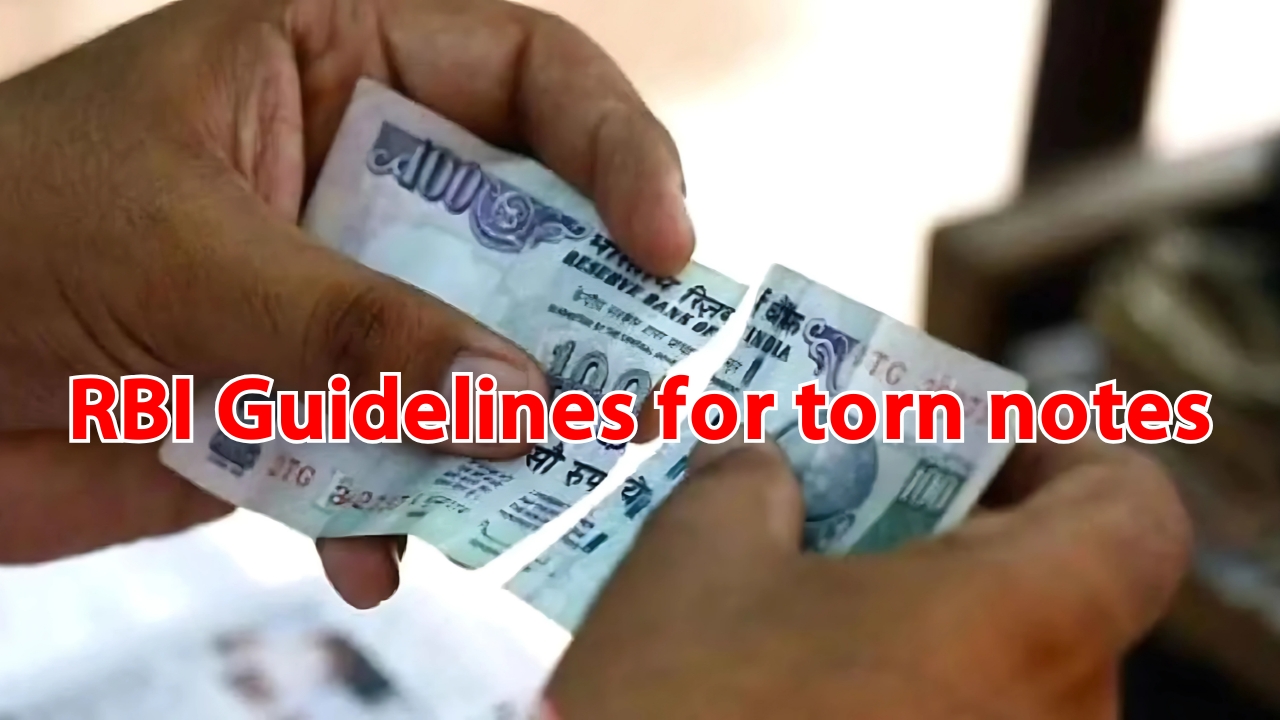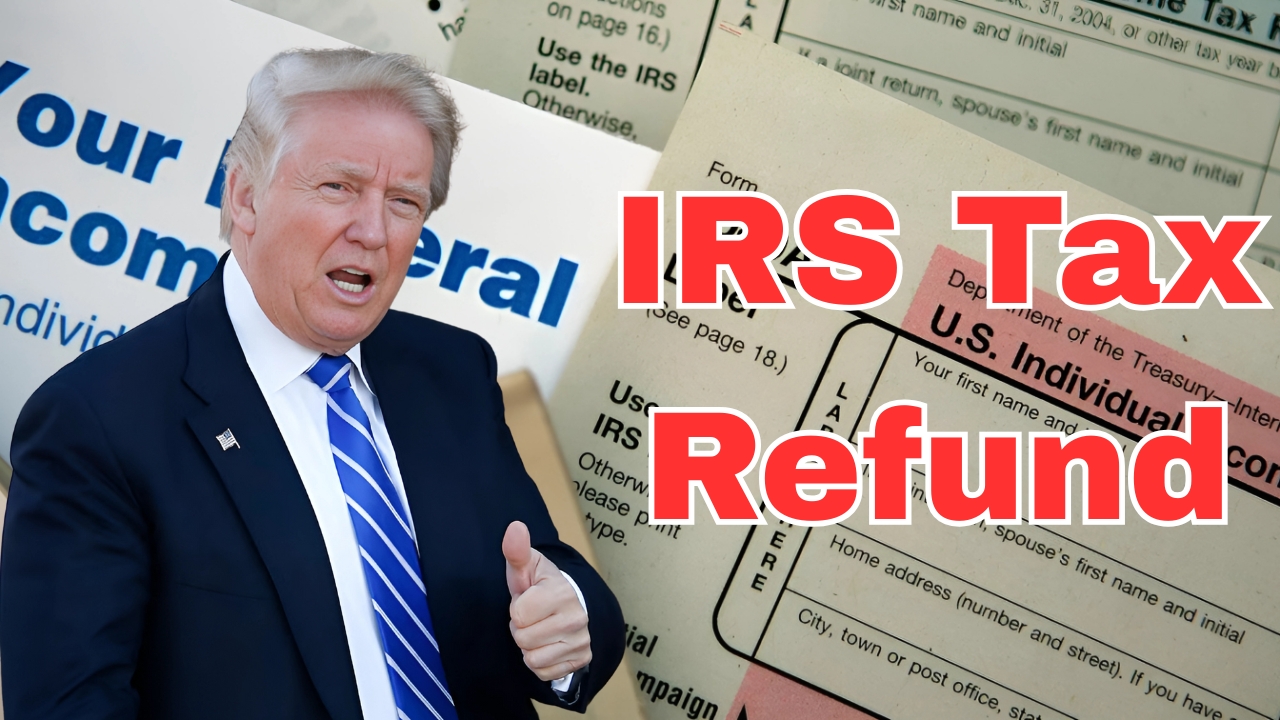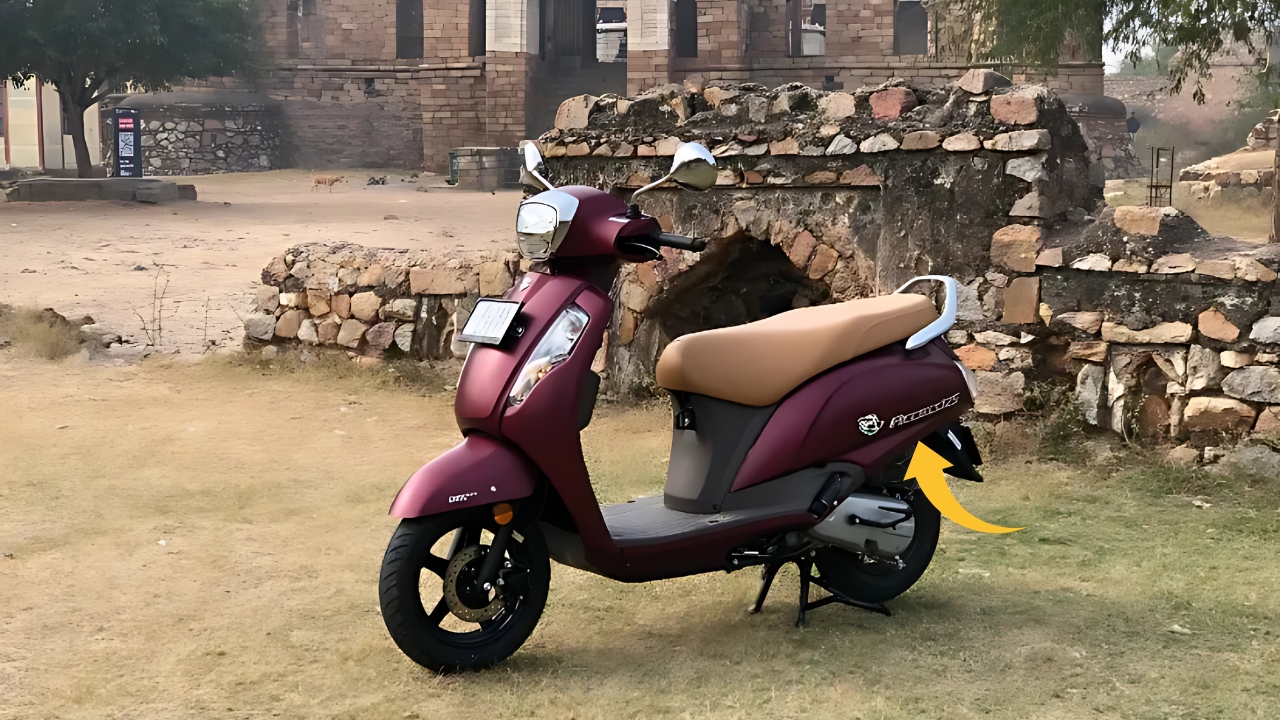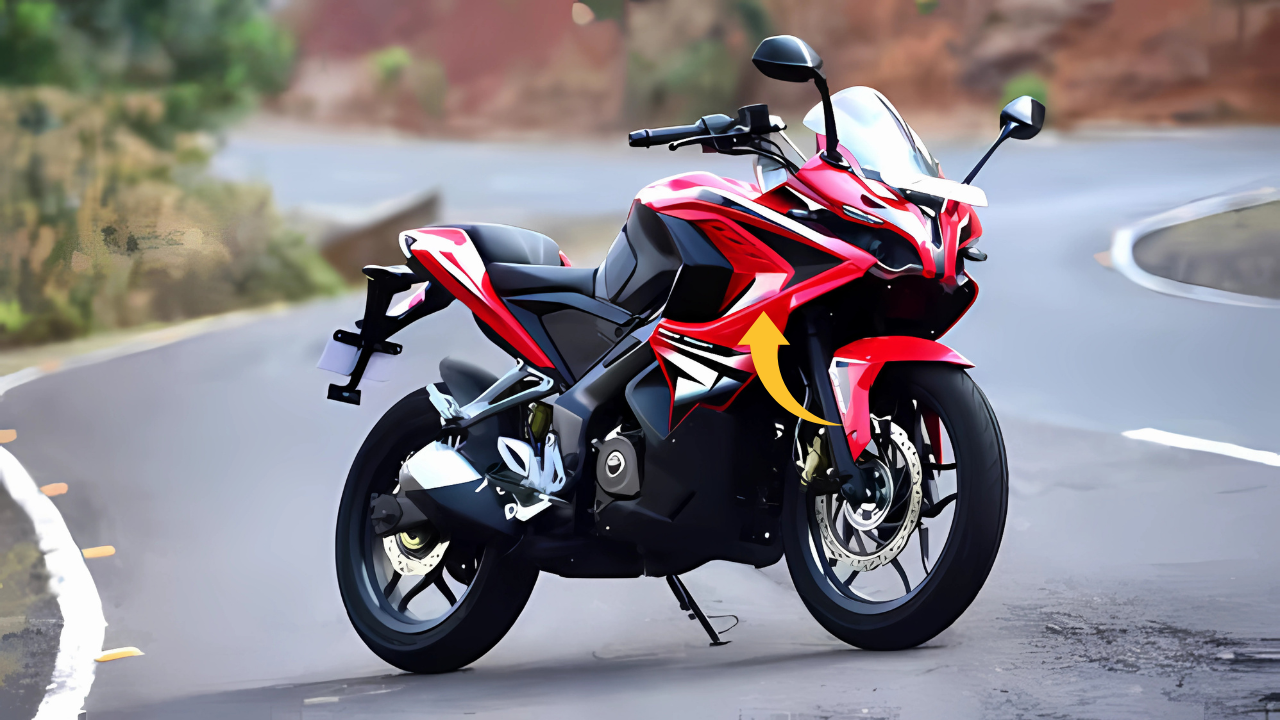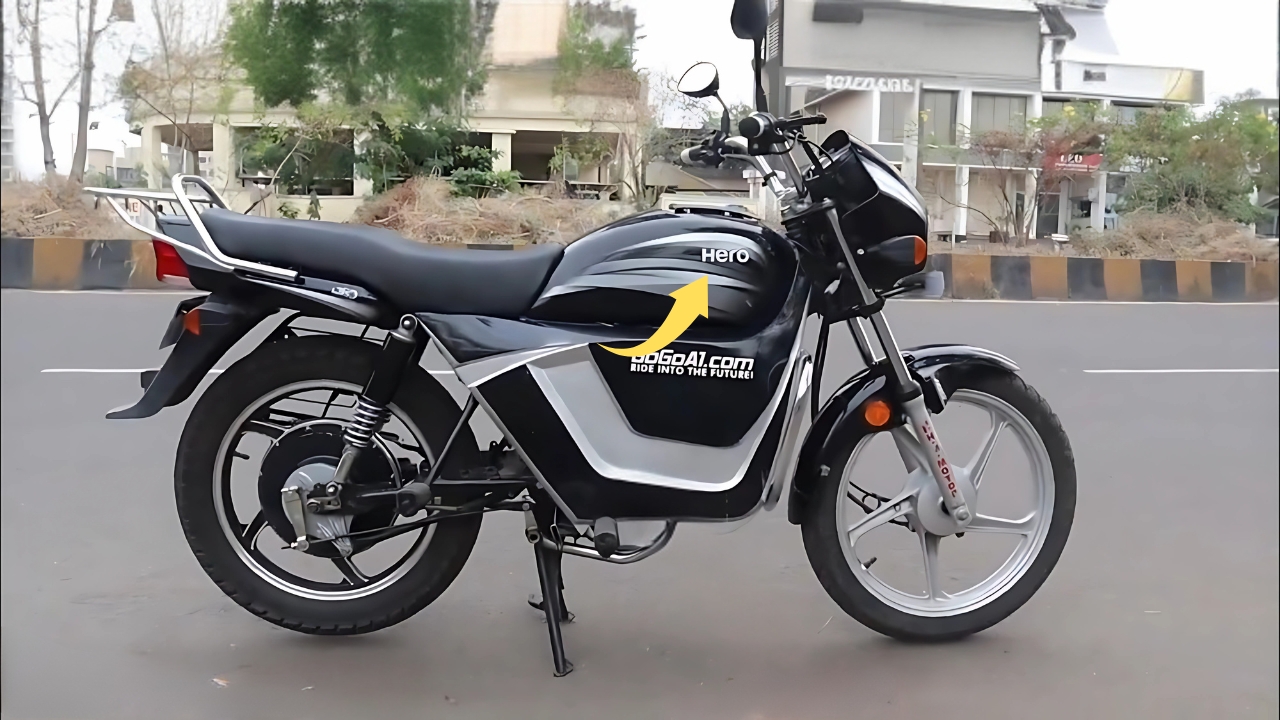RBI Guidelines : How many times has this happened to you – you dig into your pocket or your wallet and pull out a rupee note that is torn, or filthy, or crumpled, or damaged beyond recognition?
Or maybe it got stuck in the washing machine, had a run-in with a toddler’s grabby hands, or just wore out after years of being passed around. Naturally, the question follows: Is this note still good? May I get a fresh one?
My turn came last week when an old ₹500 note literally crumbled in my hand in an attempt to pay a roadside vendor.
“Go to hell, not acceptable,” he said to my face, immediately refusing the torn note, which prompted me on a mission to find out what exactly the Reserve Bank of India (RBI) guidelines say about the exchange of damaged currency. What I learned was surprising — and helpful.
Table of Contents
Present RBI Norms For Exchanging Torn Notes
The “Clean Note Policy” of the RBI specifies the procedure for replacing ATM-damaged, colored or torn notes.
These recommendations were most recently released in July 2024 and bring in some major differences from the previous guidelines.
Categories of Damaged Notes
Note denominations that have been classified as soiled are as follows, as per the RBI:
Dirty Notes: Notes which have become dirty, limp, oily or slightly torn in circulation. These are accounts for the majority of damaged notes.
Mutilated notes: A currency note that has been torn, burnt, washed, compacted, or soiled to the extent that less than half of the note is present, but more than 50% is recognisable and essential security features are undamaged and can be recognised.
Cull or Imperfect Notes: Notes which may be under size or have oversized margins with some printing flaws from the mint.
Mutilated, notes: Notes that are severely damaged and need to be handled individually.
“People are not aware that there are categories and that the rules for exchange are different,” said Rajesh Kumar, a manager at the M.G. Road branch of the State Bank of India in Bangalore.
They simply think that any defaced or torn note can be replaced, and that is not always true.”
RBI Guidelines Where to exchange soiled note?
Having called six different banks and visited three branches in person, I can report that you have-many options for exchanging damaged currency:
Commercial Bank Branches
All commercial banks are to take soiled and damaged notes and exchange at all their branches.
But there’s a sting: while soiled notes have to be accepted across the counter, mutilated notes usually only get exchanged at specific branches.
“We take soiled sides in and all our counters but for the severely damaged notes we refer the customers to our main branch, where they are trained to handle such cases, said Priya Sharma, a teller at HDFC Bank, whom I spoke to as part of my research.
RBI Issue Offices
There are 19 Issue Offices of Reserve Bank of India that function as a service provider for the exchange of all types of mutilated banknotes, including the complex receipts, for which commercial banks turn down.
When I visited the RBI office in Mumbai last Wednesday, although the queues were longer, the personnel appeared to have been briefed on dealing with unprecedented damage cases.
Currency Chests
The currency chest (and sometimes also the designated coin depot) handles exchange of soiled notes (lightly soiled notes that cannot be put into normal circulation) from that bank branch, but are not usually open to the public, only to that particular bank’s branches.
Rules of Exchange According to the Degree of Damage
Here’s what you’ll receive for your damaged note, depending on how damaged it is:
Notes Cut and Cashed for Full Value (Out).
If your note is dirty, has some minor damage or is just old but is not significantly damaged or missing any very clear security features, you’re entitled to receive full value exchange. In other words, you get the entire face value of the note.
Requirements:
-
The note needs to bear a whole number in at least one of the 4 number panels
-
Trhe note should be complete (not torn or damaged) or with circulation holes.
-
Security aspects should be easily recognisable
“Most day-to-day notes that get worn out fall in this category,” explained Kumar. “We process these right away with no forms or delay.”
For Soiled Notes (Full or Partial Value)
Here’s where it gets trickier. The RBI uses what it terms the “area method” to calculate value:
-
80% or more of the note area remains:Full value provided in exchange
-
50-80% of the note area existent: Half value substitution
-
50 per cent or or less of the area covered: Nil exchange[219]
I had been speaking to Anil Deshmukh who had just swapped a badly charred ₹2000 note after a house fire.
“What they did is they actually measured the remains before they decided I get the full amount,” he said. “I had to fill in a form on how the damage was caused.”
Mergers Involving the Issuer; Acquisitions of the Issuer’s Equity Interests Parties to This AgreemenDSpecial Cases -82- & Promissory & Notes.HttpServlet Parties to This AgreemenDNon-Exchangeable Notes.assertNull(JNIEnv.java:210) at com.
Certain types of notes that are damaged will be examined further or will not be accepted:
-
Torn notices: To qualify for exchange, they have to be proven to have originated from the same note
-
Notes with security features removed: Usually cannot be exchanged
-
Oil, chemical, or ink-stained notes: May need to be processed differently.
-
Politically or offensively charged notes: Possibly exchangeable but with extra consideration
Documentation Requirements
According to both official rules and my own experience attempting to exchange that torn ₹500 note, here’s what you should have to submit:
-
For Amounts Under ₹5,000
-
Application form for request for service (at bank)
-
Valid ID proof (though some branches will not require this for very small amounts)
-
For Ranges between ₹5,000 to ₹50,000
-
Replacement request form, which explains how the accident occurred
-
Valid government ID proof
-
Subject to approval by a bank officer
-
For Amounts Above ₹50,000
-
Detailed exchange application
-
Valid ID proof
-
Letter to explain the damage
-
Police report may be necessary in severe cases of damage
-
Processing may take 7-30 days
“For larger amounts, we have to be cautious of laundering or fraud,” said Manoj Trivedi, an RBI official I spoke to. “That’s why documentation requirements rise with the amount of the exchange.”
Recent Changes Worth Noting
The RBI guideline update dated July 2024 brought in significant changes:
Higher Processing Fee: There is an additional small fee that banks levy for transactions more than ₹5,000.
Check digital: Banks accept digital documents as a mode of verification by DigiLocker.
Express Exchange Service: Several banks have made express service available with nominal surcharge.
Notes Protocol Striped: Additional procedures in the new rules are written about notes with stripes and strips partially absent.
Typical Challenges and How to Address Them
After talking to bank staff and customers waiting in exchange lines, there were a few common problems I heard about.
Branch Refusal
Some branches inaccurately decline to take damaged notes. “They said I would have to go to the RBI office, but that isn’t the law,” I was told by Meena Patel, a woman I met at Bank of Baroda.
Solution: You can politely refer to the RBI circular which says that all commercial banks have to accept soiled notes. If necessary ask to speak with the branch manager.
Excessive Documentation
Some branches require excessive paperwork for minor transactions.
Answer: For trades of less than ₹5,000, a basic app will do. The true requirements are listed on the RBI website.
Value Disputes
There is often some disagreement about whether a note should be considered worth full or half of its face value.
Solution: Simply request a demonstration of their measuring technique. In case of urgency try at RBI issue office.
Final Thoughts
What began as an annoyance over an accidentally torn note has now forced me to think more about how our currency system balances being secure and being able to handle reasonable wear and tear.
“The exchange policy is a trade-off between two requirements,” explained Dr. Anita Rao, an economist I spoke with in the process of developing these guidelines.
“It ensures that damaged currency does not continue in circulation that would otherwise affect its security, as well as that people don’t unreasonably lose money when trying to use money that has been damaged.”
My torn ₹500 note? I did eventually get a crispy new one in the mail after I visited my local bank branch and filled out a simple form.
The whole thing took less than 10 minutes — much less painful than I’d expected after that vendor’s opening refusal.
If you have damaged currency, don’t throw it out. Approached correctly and with some general application of those rules, taking those tattered notes and turning them back into usable money is probably easier than you thought!
